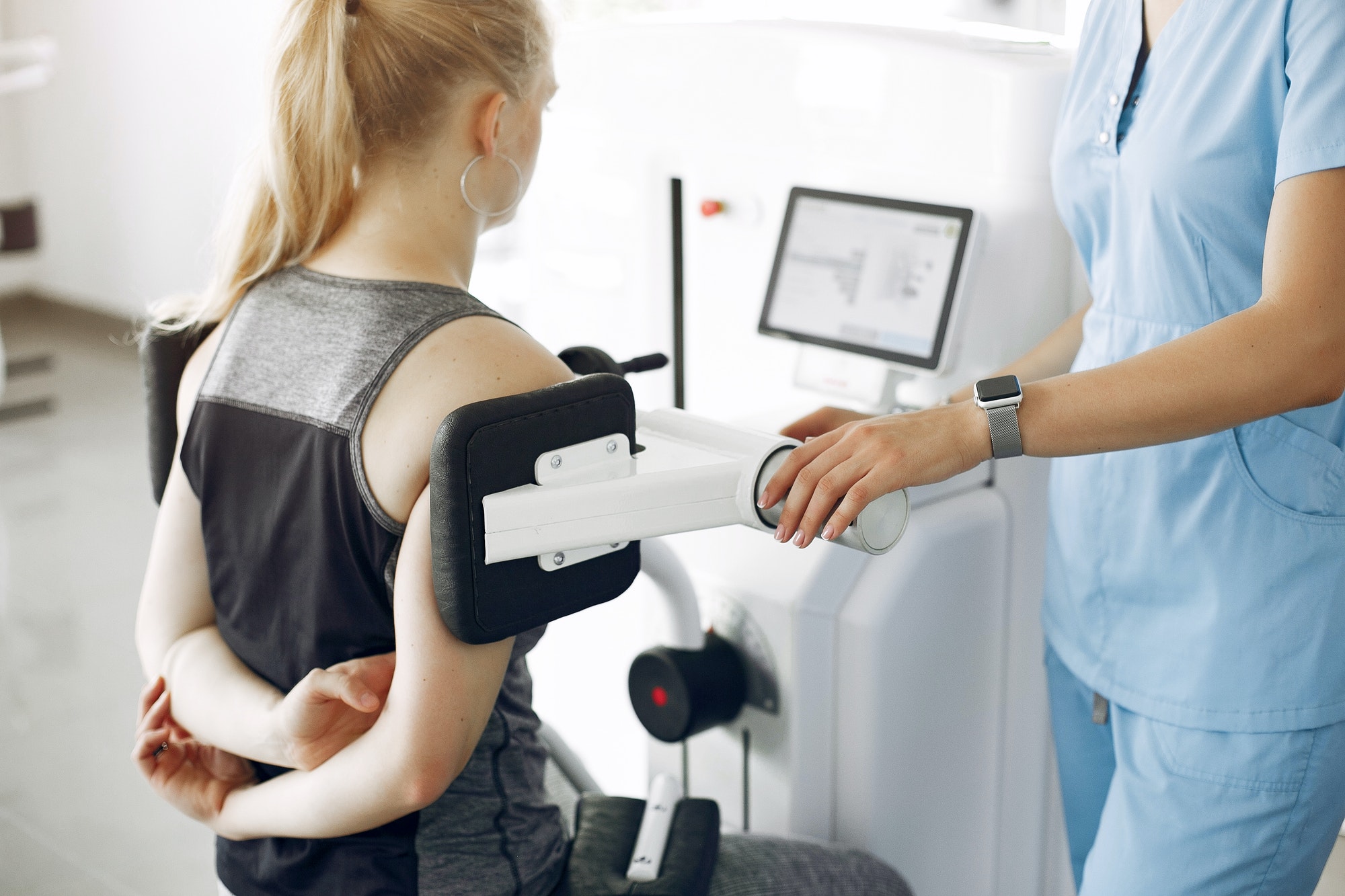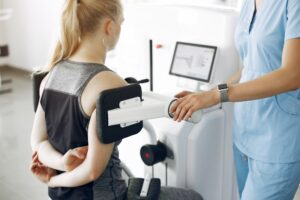Physical therapy is important in orthopedics for two primary reasons:
>> First, orthopedic patients typically have a deficiency that needs to be addressed. For example, patients with carpal tunnel syndrome may have weakness of specific hand muscles that require targeted exercises. Or knee conditions such as chondromalacia may be due in part to muscle imbalance around the knee joint. A physical therapist can teach exercises that specifically target these muscles to improve function and decrease problems.
>> Second, physical therapists are knowledgeable about surgical procedures, treatment goals, musculoskeletal anatomy, and can tailor their efforts to improve the fitness and well-being of the patient. After a procedure such as a hip replacement or ACL reconstruction, it is important that therapy is guided by the surgical procedure. Some surgeries require protocols from your doctor and must be followed strictly under the supervision of your physical therapist.
At Body Mechanics Physical Therapy our physical therapists are specially trained to treat orthopedic problems. Physical therapists may use the following techniques to rehabilitate your orthopedic condition:
Joint Mobilization:
Joint mobilizations are helpful to realign bones that have shifted or subluxed. Additionally, joint mobilizations will decrease edema (swelling) and pain. Joint mobilizations are used in conjunction with muscle energy techniques to correct spinal alignment and decrease muscle tone.
Stretching
Stretching is vital to maintain good range of motions around a joint. If a patient has stiff joints, normal activities such as opening a jar or climbing stairs can be severely affected. By proper stretching, these functions can be preserved. After an injury or surgery, scar tissue forms, and soft-tissue contracts; this is when stretching is most important.
Strengthening:
Strengthening exercises are performed to help the patient improve the function of their muscles. These help to improve strength, increase endurance, and maintain or improve range of motion. Common types of strength training include:
Closed Chain:
The closed chain exercises are performed with the foot locked in position on the ground – for example a leg squat. These exercises are performed to help balance the muscle strength. By performing closed chain exercises, the weak muscle (e.g. the quadriceps) and its antagonist the hamstrings), will both be exercised and balanced. Open chain exercises, such as a leg extension, do not balance the muscles this way.
Proprioceptive:
Proprioception is the sense of knowing where a body part is in space. This can be difficult to grasp until you lose it, because so much proprioception occurs without conscious thought. When you lose proprioception of an ankle joint after a sprain, you may complain of an unstable sensation of the joint. Proprioception training reteaches your body to control the position of an injured joint.
Ice and Heat Therapy:
Ice and heat are useful to warm up and cool off muscles. In addition, these modalities can stimulate flow and decrease swelling. These can be important aspects of the therapeutic process.
Ultrasound:
Ultrasound uses high frequency sound waves to stimulate the damaged tissues within the body. By passing an ultrasound probe over the body, deep tissues are stimulated by vibration of the sound wave. This leads to warming and increased blood flow to these tissues.
The results of the surgery will depend in part on how long the condition has existed and how much damage has been done to the nerve. For that reason, it’s a good idea to see a physical therapist early if you think you may have carpal tunnel syndrome.




